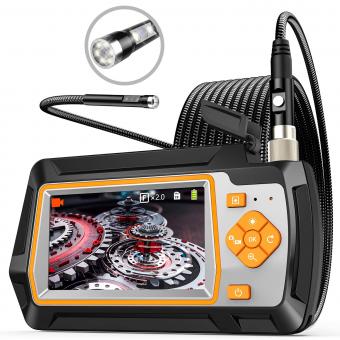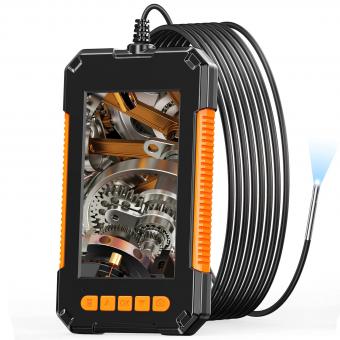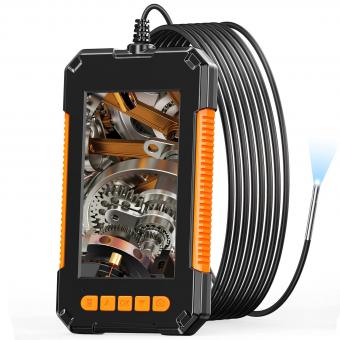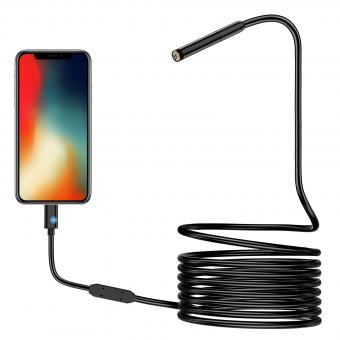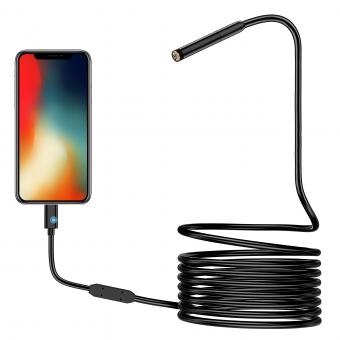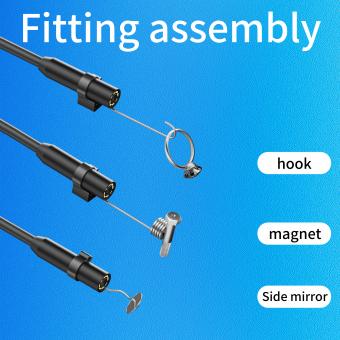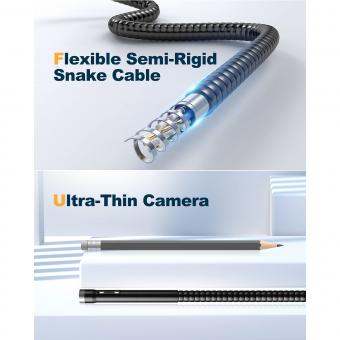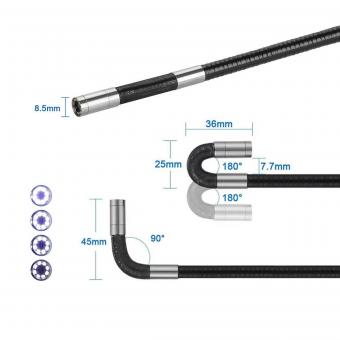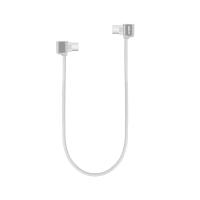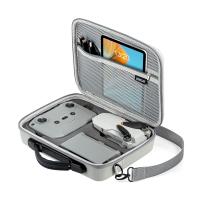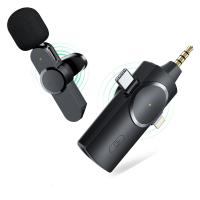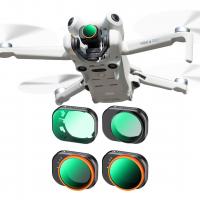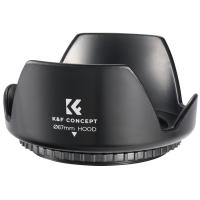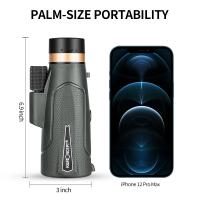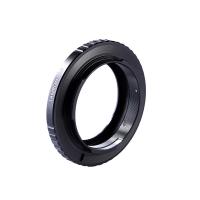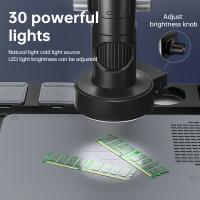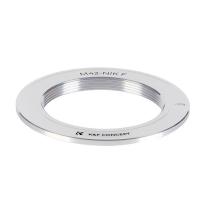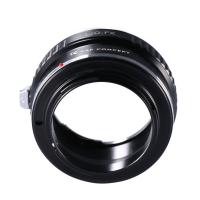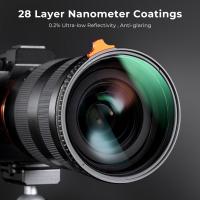What's An Endoscope ?
An endoscope is a medical instrument used to examine the inside of a hollow organ or cavity of the body. It consists of a long, thin, flexible tube with a light and a camera at the end, which allows doctors to see images of the internal organs or tissues on a monitor. Endoscopes are commonly used to diagnose and treat conditions in the digestive system, such as ulcers, polyps, and tumors. They can also be used to examine the respiratory system, urinary tract, and female reproductive system. Endoscopic procedures are minimally invasive and often require only local anesthesia, making them a safer and less painful alternative to traditional surgery.
1、 Definition and Types of Endoscopes
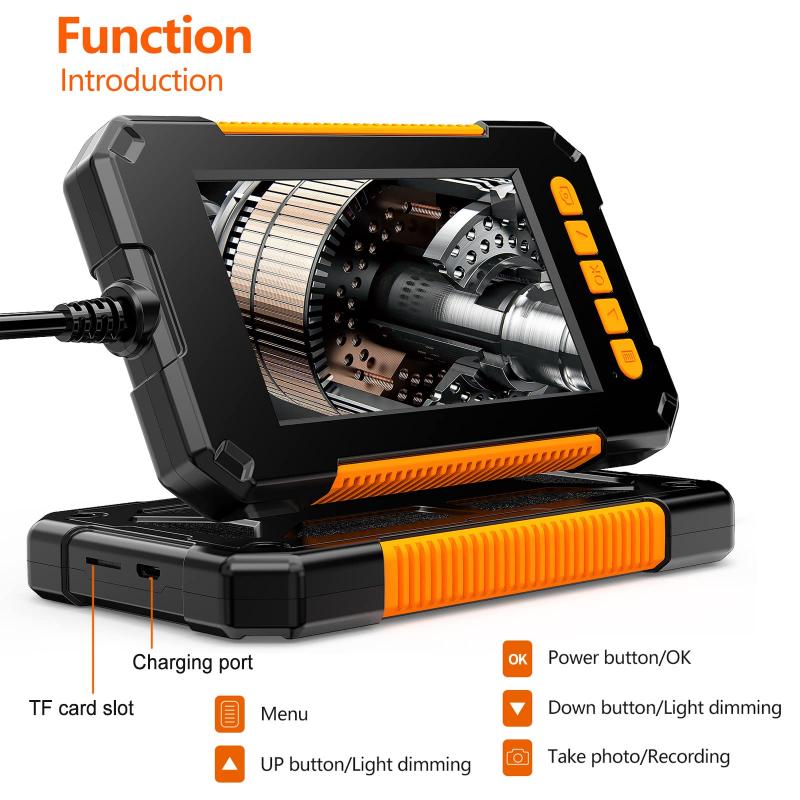
Definition and Types of Endoscopes
An endoscope is a medical device that is used to examine the inside of the body. It is a long, thin, flexible tube that has a camera and a light source at the end. The camera sends images to a monitor, allowing doctors to see inside the body without making large incisions. Endoscopes are used to diagnose and treat a variety of medical conditions.
There are several types of endoscopes, each designed for a specific part of the body. The most common types of endoscopes include:
1. Gastrointestinal endoscopes: These are used to examine the digestive tract, including the esophagus, stomach, and intestines.
2. Bronchoscopes: These are used to examine the lungs and airways.
3. Laparoscopes: These are used to examine the abdominal cavity.
4. Cystoscopes: These are used to examine the bladder.
5. Arthroscopes: These are used to examine the joints.
6. Neuroendoscopes: These are used to examine the brain and spinal cord.
The latest point of view on endoscopes is that they have become an essential tool in modern medicine. They allow doctors to diagnose and treat a wide range of medical conditions with minimal invasiveness. Endoscopes have also become more advanced in recent years, with high-definition cameras and other advanced features that provide clearer images and more precise control. Additionally, endoscopes are now being used in new and innovative ways, such as in the field of robotic surgery. Overall, endoscopes have revolutionized the way that doctors diagnose and treat medical conditions, and they continue to play an important role in modern medicine.
2、 Components and Functioning of Endoscopes

Components and Functioning of Endoscopes
An endoscope is a medical device used to examine the inside of the body. It consists of a long, thin, flexible tube with a camera and light source at the end. The camera sends images to a monitor, allowing doctors to see inside the body without making large incisions.
The main components of an endoscope include the insertion tube, which is the long, flexible tube that is inserted into the body, the light source, which illuminates the area being examined, and the camera, which captures images of the area. Endoscopes may also have additional tools, such as forceps or scissors, that can be used to take tissue samples or perform minor surgeries.
Endoscopes are used in a variety of medical procedures, including colonoscopies, bronchoscopies, and upper gastrointestinal endoscopies. They are also used in surgeries, such as laparoscopic surgeries, where small incisions are made and the endoscope is inserted to guide the surgeon.
The latest point of view on endoscopes is the development of new technologies, such as high-definition cameras and 3D imaging, which provide clearer and more detailed images. Additionally, there is ongoing research into the use of robotic endoscopes, which would allow for more precise movements and greater control during procedures.
In conclusion, endoscopes are an important tool in modern medicine, allowing doctors to diagnose and treat a variety of conditions with minimal invasiveness. As technology continues to advance, the capabilities of endoscopes will only continue to improve, leading to better patient outcomes and more efficient medical procedures.
3、 Applications of Endoscopes in Medical Procedures

An endoscope is a medical instrument that is used to examine the inside of the body. It is a long, thin, flexible tube with a camera and light source at the end that allows doctors to see inside the body without making large incisions. Endoscopes are used in a variety of medical procedures, including gastrointestinal, respiratory, and urological procedures.
In gastrointestinal procedures, endoscopes are used to examine the esophagus, stomach, and intestines. They can be used to diagnose and treat conditions such as ulcers, polyps, and cancer. In respiratory procedures, endoscopes are used to examine the airways and lungs. They can be used to diagnose and treat conditions such as asthma, bronchitis, and lung cancer. In urological procedures, endoscopes are used to examine the bladder and urethra. They can be used to diagnose and treat conditions such as kidney stones and bladder cancer.
The latest point of view on the applications of endoscopes in medical procedures is that they are becoming increasingly important in minimally invasive surgery. Minimally invasive surgery is a surgical technique that uses small incisions and specialized instruments to perform surgery. Endoscopes are an important tool in minimally invasive surgery because they allow surgeons to see inside the body without making large incisions. This can lead to faster recovery times, less pain, and fewer complications for patients.
In conclusion, endoscopes are an important tool in modern medicine. They are used in a variety of medical procedures and are becoming increasingly important in minimally invasive surgery. As technology continues to advance, it is likely that endoscopes will become even more important in the diagnosis and treatment of medical conditions.
4、 Advancements in Endoscope Technology
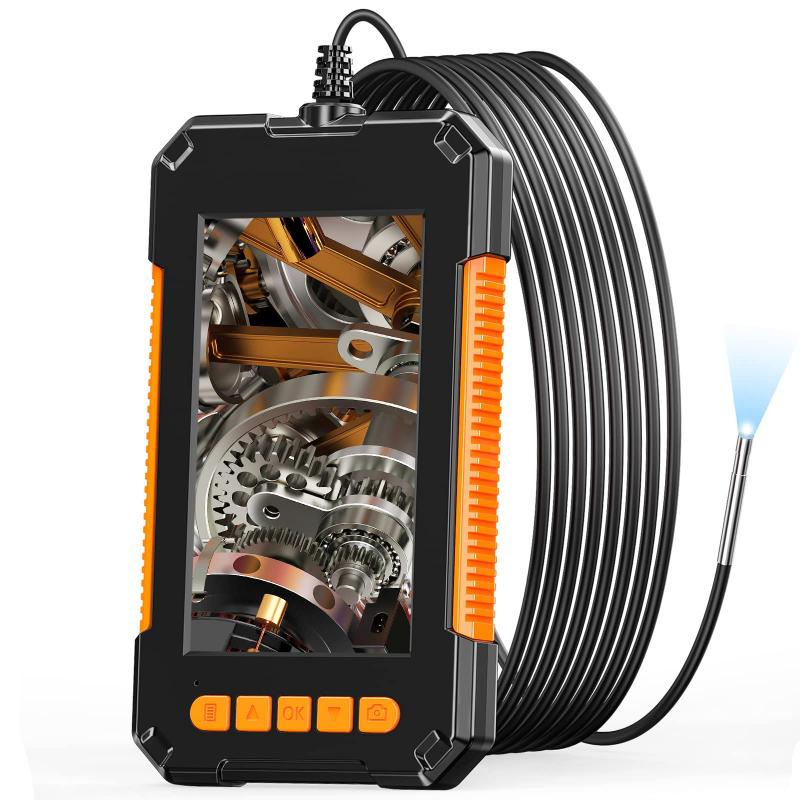
An endoscope is a medical device that is used to examine the inside of the body. It is a long, thin, flexible tube with a camera and light source at the end that allows doctors to see inside the body without making large incisions. Endoscopes are commonly used to examine the digestive tract, respiratory system, and urinary tract.
Advancements in endoscope technology have made it possible for doctors to perform more complex procedures using minimally invasive techniques. For example, endoscopes can now be equipped with tools such as lasers, ultrasound probes, and biopsy forceps, allowing doctors to perform procedures such as removing tumors or taking tissue samples without the need for surgery.
One of the latest advancements in endoscope technology is the development of capsule endoscopy. This involves swallowing a small capsule that contains a camera and transmitter, which sends images of the digestive tract to a receiver worn on the patient's body. This technology allows doctors to examine the small intestine, which was previously difficult to access with traditional endoscopes.
Another recent development is the use of artificial intelligence (AI) in endoscopy. AI algorithms can analyze images from endoscopes in real-time, helping doctors to identify abnormalities and make more accurate diagnoses. This technology has the potential to improve the accuracy and efficiency of endoscopic procedures, leading to better patient outcomes.
Overall, advancements in endoscope technology have revolutionized the field of minimally invasive surgery and have made it possible for doctors to diagnose and treat a wide range of conditions with less pain, scarring, and recovery time for patients.

